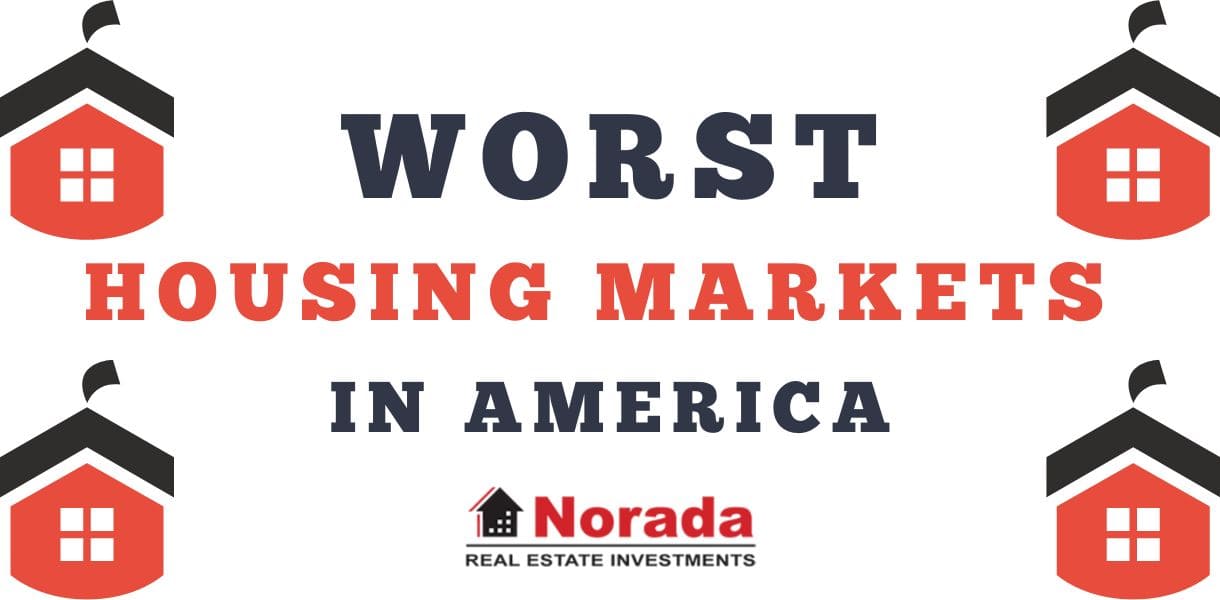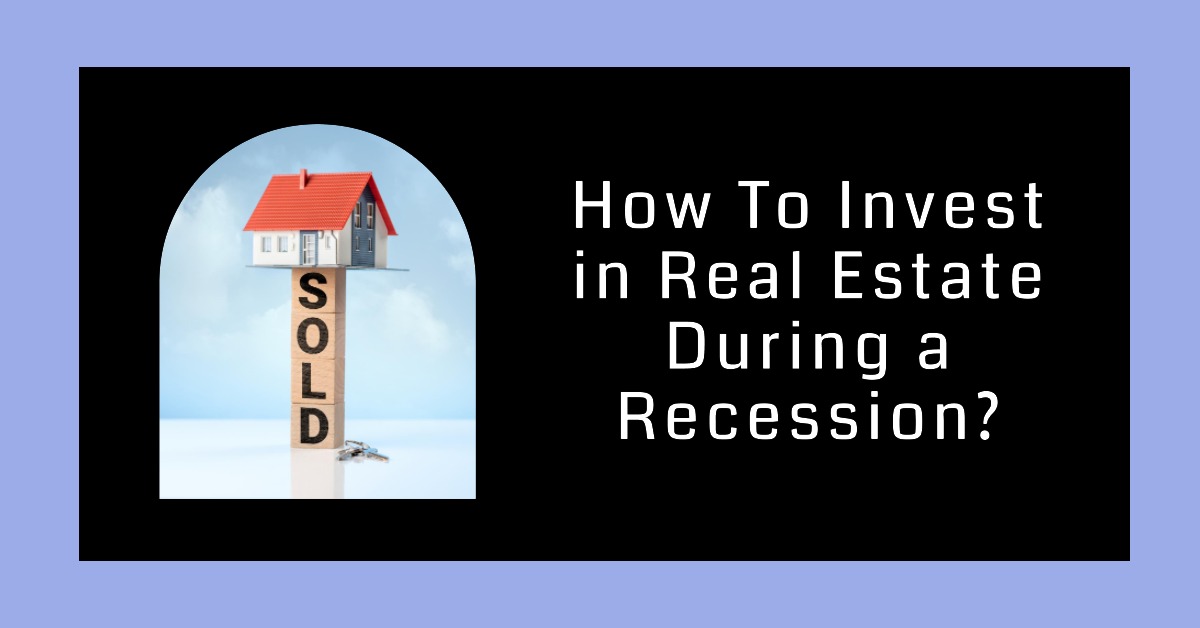How does the housing market feel right now? Builder confidence has taken a significant hit, suggesting a slowdown in new construction and a shift in market dynamics that potential buyers and current homeowners need to understand. From where I stand, digging into the latest data and keeping a close eye on the trends, it's becoming increasingly clear that the housing market is facing some serious headwinds.
Big Blow to the Housing Market as Builder Confidence Plummets
The recent drop in builder sentiment, as highlighted by the National Association of Home Builders (NAHB)/Wells Fargo Housing Market Index (HMI), is a significant indicator that things are cooling down. In June 2025, the HMI fell to 32, marking the third-lowest reading since 2012. Only the initial shock of the pandemic in April 2020 (at 30) and a dip in December 2022 (at 31) have seen lower confidence levels among builders.
Why is Builder Sentiment So Important?
You might be wondering why we should pay so much attention to how builders are feeling. Well, their confidence is often a leading indicator of the overall health of the housing market. Think about it: if builders aren't feeling good about the market, they're less likely to start new projects. This can lead to lower housing supply down the line, impacting prices and availability for buyers.
Here’s a quick breakdown of why builder sentiment matters:
- Predictive Power: Builder confidence can signal future trends in construction and housing supply.
- Economic Barometer: It reflects the overall economic conditions and how they're impacting the housing sector.
- Market Activity: Low confidence can translate to reduced building activity, affecting job creation and economic growth.
The Key Drivers Behind the Downturn
So, what's causing this dip in builder confidence? The data points to a few key factors that are putting pressure on the housing market:
- Elevated Mortgage Rates: Let's be honest, higher mortgage rates make buying a home more expensive. This directly impacts affordability and puts a damper on buyer demand. People are more hesitant to take on a large mortgage when interest rates are high.
- Economic Uncertainty: With ongoing economic fluctuations and, as the data mentions, tariff uncertainty, many potential buyers are choosing to sit on the sidelines. Job security concerns and general economic unease can make people wary of making big financial commitments like buying a house.
- Rising Inventory Levels: As buyer demand cools, the number of homes available for sale tends to increase. This puts downward pressure on prices, which can worry builders and sellers alike.
Builders Are Responding with Price Incentives
One of the most telling signs of a softening market is how builders are reacting. The data reveals a sharp increase in the use of price incentives. In June 2025, 37% of builders reported cutting prices, the highest percentage since this data started being tracked monthly in 2022. This is a significant jump from the 34% who reported price cuts in May and 29% in April.
Furthermore, the use of general sales incentives reached 62% in June, up from the previous month. This suggests that builders are actively trying to attract buyers in a more challenging environment. The average price reduction has remained around 5% since last November.
Impact on Home Prices and Sales
What does this mean for the average person looking to buy or sell a home?
- Slowing Price Growth: In many areas, the rapid price increases we've seen in recent years are starting to slow down. This could be good news for potential buyers who have been priced out of the market.
- Potential Price Declines: In some markets, particularly for resale homes, we're already seeing prices starting to decline. This trend could become more widespread if the current conditions persist.
- Increased Negotiation Power for Buyers: With more inventory and builders offering incentives, buyers may find themselves in a better position to negotiate on price and terms.
My Perspective: This Isn't 2008, But Caution is Warranted
Having followed the housing market for a while now, my gut feeling is that while we're seeing a significant cooling, this isn't a repeat of the 2008 financial crisis. The underlying reasons for the current slowdown are different. Tighter lending standards and a more resilient economy (at least for now) provide some level of stability.
However, that doesn't mean we should ignore the warning signs. The drop in builder confidence and the increasing use of price cuts are clear indicators that the market is adjusting, and this adjustment can bring both opportunities and challenges.
What to Expect in the Near Future
Based on current market conditions, the NAHB is forecasting a decline in single-family housing starts for 2025. This suggests that we might see a further moderation in new construction activity.
Here are some key things to watch out for:
- Mortgage Rate Trends: Any significant changes in mortgage rates will have a direct impact on buyer affordability and market activity.
- Economic Indicators: Keep an eye on job growth, inflation, and overall economic confidence, as these factors will influence buyer demand.
- Inventory Levels: The balance between housing supply and buyer demand will be crucial in determining the direction of home prices.
Regional Differences Matter
It's important to remember that the housing market isn't uniform across the country. Regional HMI scores provide some insights into these differences:
- Northeast: Saw a slight decrease to 43.
- Midwest: Experienced a small increase to 41.
- South: Recorded a notable drop to 33.
- West: Saw the most significant decline to 28.
These regional variations highlight that local market conditions can differ significantly, and what's happening in one part of the country might not be the same elsewhere.
Bottom Line:
The blow to the housing market is for real, and it's something we need to acknowledge. For potential buyers, this could mean more opportunities, but it also requires careful consideration of economic conditions and future price trends. For current homeowners, it's essential to stay informed about local market dynamics.
My advice? Don't panic, but do pay attention. Understand the factors driving the slowdown and be prepared for a market that might look quite different in the coming months. Whether you're buying, selling, or just keeping an eye on things, staying informed is your best strategy in this evolving housing landscape.
Invest in Real Estate in the Top U.S. Markets
Discover high-quality, ready-to-rent properties designed to deliver consistent returns.
Contact us today to expand your real estate portfolio with confidence.
Contact our investment counselors (No Obligation):
(800) 611-3060
Also Read:
- Impact of the “One Big Beautiful Bill” on the Housing Market
- Real Estate Forecast: Will Home Prices Bottom Out in 2025?
- Housing Markets With the Biggest Decline in Home Prices Since 2024
- Why Real Estate Can Thrive During Tariffs Led Economic Uncertainty
- Rise of AI-Powered Hyperlocal Real Estate Marketing in 2025
- Real Estate Forecast Next 5 Years: Top 5 Predictions for Future
- 5 Hottest Real Estate Markets for Buyers & Investors in 2025
- Will Real Estate Rebound in 2025: Top Predictions by Experts
- Recession in Real Estate: Smart Ways to Profit in a Down Market
- Will There Be a Real Estate Recession in 2025: A Forecast
- Will the Housing Market Crash Due to Looming Recession in 2025?
- 4 States Facing the Major Housing Market Crash or Correction
- New Tariffs Could Trigger Housing Market Slowdown in 2025
- Real Estate Forecast Next 10 Years: Will Prices Skyrocket?





